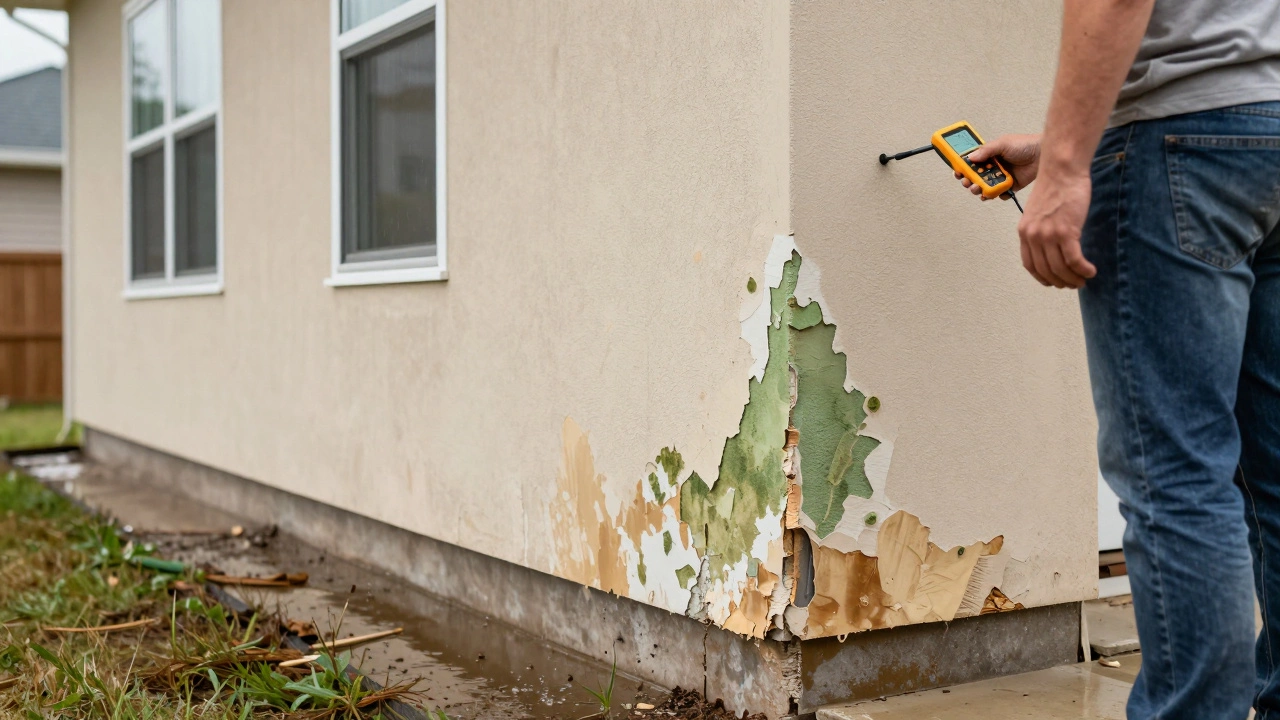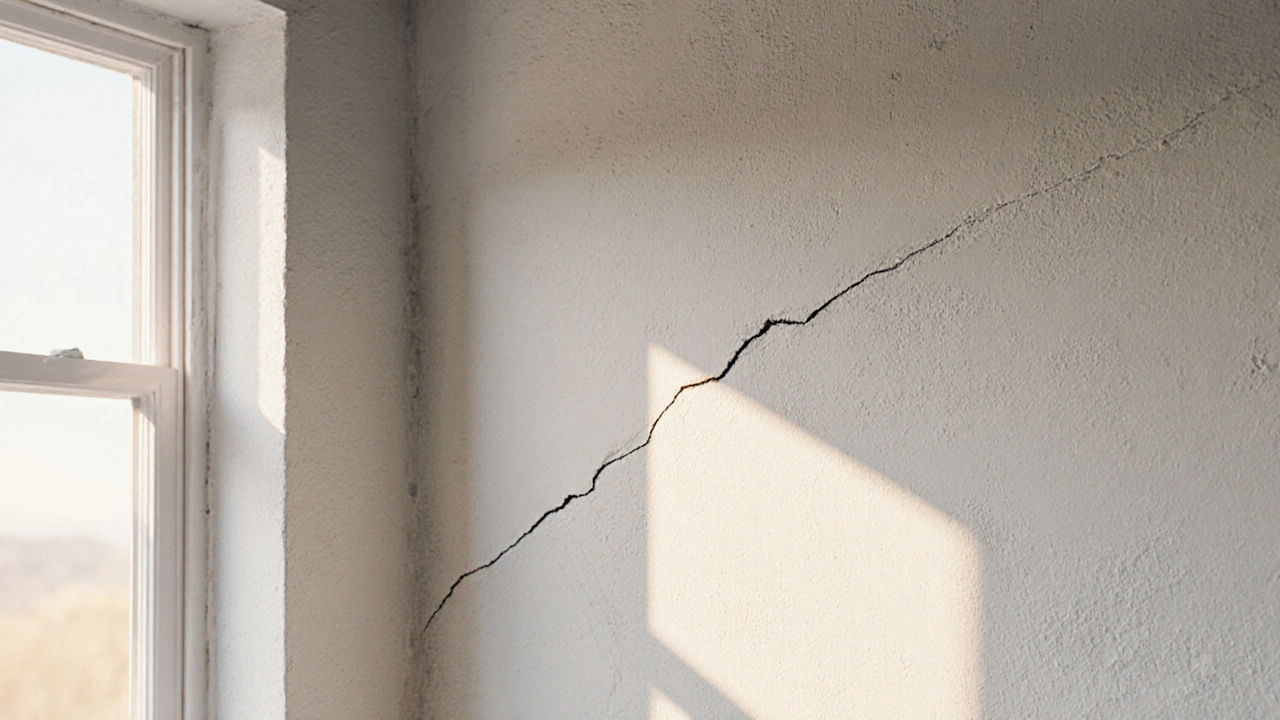Construction Defects: What They Are and Why They Matter
When dealing with construction defects, you’re looking at any flaw that compromises a building’s safety, durability, or performance. Construction defects, mistakes or failures in design, material, or workmanship that show up after a project is finished. Also known as building defects, they can range from tiny cracks to serious structural problems.
One of the most common red flags is foundation cracks, splits in the concrete or masonry that support a home’s load. These cracks often signal settlement, soil movement, or poor drainage, and they directly affect the structural integrity, the ability of a building to bear loads without damage. If you ignore a widening crack, you risk wall distortion, uneven floors, and costly repairs later.
Typical Defect Types You’ll Encounter
Besides foundation cracks, new build cracks, small fissures that appear in freshly constructed walls or ceilings are often misunderstood. Some argue they’re normal shrinkage, but certain patterns—horizontal cracks, stair‑step lines, or cracks near doors—can indicate deeper issues like inadequate curing or design flaws. Recognizing the difference helps you decide whether a simple observation period is enough or if professional assessment is needed.
Construction defects also intersect with building regulations, the legal standards that set minimum safety and performance criteria for construction. Non‑compliance can lead to fail‑over inspections, fines, or forced remediation. For homeowners, knowing which regulations apply (e.g., fire safety, damp proofing) lets you ask the right questions from contractors and avoid surprise costs.
Another layer involves the inspection process, systematic checks performed by surveyors or engineers to spot defects early. A thorough inspection catches hidden problems before they become visible, saving money and preventing safety hazards. It’s why many experts stress getting a structural survey after purchase or before a major renovation.
Understanding these entities creates a clear picture: construction defects encompass foundation cracks and new build cracks; they require a solid inspection process; and they’re governed by building regulations that protect structural integrity. This relationship means fixing one issue often involves addressing several others—repairing a crack might need drainage improvements, moisture barriers, and a compliance check.
Below you’ll find a curated set of articles that dig deeper into each of these topics. From budgeting for loft conversions to spotting hidden foundation problems, the posts give practical steps, real‑world examples, and expert advice you can act on right away. Dive in and arm yourself with the knowledge to keep your home safe, sound, and compliant.






